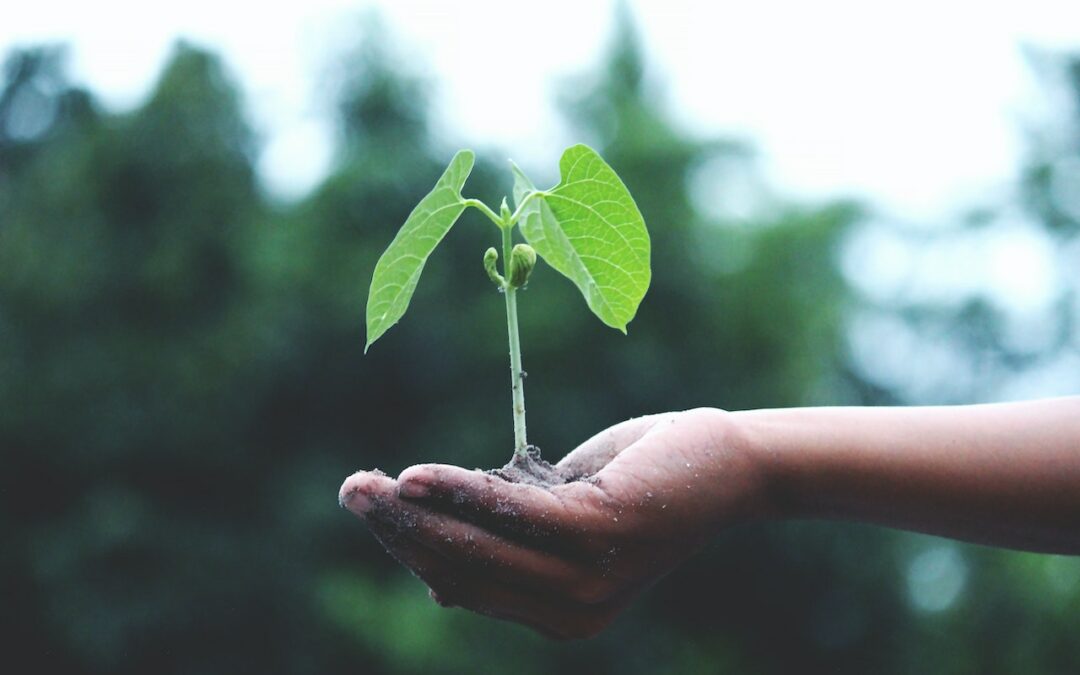
by Komoneed | Jun 20, 2024
Our editors curate highly rated brands that are first assessed by our rigorous ratings system. Buying through our links may earn us a commission—supporting the work we do. Learn more. Taking care of workers and the planet means more sustainable fashion often costs more. But it’s a spectrum. The brands in this list offer […]
The post 23 More Affordable Sustainable Fashion Brands appeared first on Good On You.

by Komoneed | Jun 20, 2024
The Federal Coalition has today (19 June 2024) released details on its vision for nuclear energy in Australia.
Opposition Leader Peter Dutton said a future Coalition government will introduce zero-emissions nuclear energy in Australia to work in partnership with renewable energy and gas as part of a balanced energy mix.
The Coalition’s plan named seven locations for proposed nuclear power plants:
Liddell Power Station, New South Wales
Mount Piper Power Station, New South Wales
Loy Yang Power Stations, Victoria
Tarong Power Station, Queensland
Callide Power Station, Queensland
Northern Power Station, South Australia (small modular reactor only)
Muja Power Station, Western Australia (small modular reactor only)
Dutton said each of these locations have technical attributes that make them suitable for a nuclear plant, including cooling water capacity and transmission infrastructure, existing poles and wires, and a local skilled workforce.
“A key advantage of modern zero-emissions nuclear plants is they can be plugged into existing grids. This means they can effectively replace retired or retiring coal plants and avoid much of the new spending needed for Labor’s ‘renewables-only’ system, including new transmission poles and wires,” Dutton said in his statement.
According to the plan, if elected, the Coalition government would initially develop two establishment projects using either small modular reactors or modern larger plants such as the AP1000 or APR1400. “They will start producing electricity by 2035 (with small modular reactors) or 2037 (if modern larger plants are found to be the best option),” Dutton said.
Dutton said he is expecting scare campaigns opposing nuclear, but “we believe Australians are up for this discussion and are open-minded about including zero-emissions nuclear technology as part of a balanced energy mix”.
Future or fantasy?
The GenCost economic report released by CSIRO in May included nuclear costs for the first time. While the report found no technical barriers to large-scale nuclear power generation in Australia’s electricity system, it determined that nuclear power was more expensive than renewables and would take at least 15 years to develop, including construction.
So what do mining, climate and engineering academia representatives think of the Coalition’s nuclear plan?
Mining views
The Mining and Energy Union said the proposed plan would be no help for coal power workers and it was “disappointed the Coalition has announced this policy with no consultation with these coal power regions about whether they want a nuclear future”.
“Power stations in the proposed sites for nuclear would be long closed before the plants would become operational, and if no support is provided, those workers and communities will have already packed up their lives and moved on,” the union said.
Climate views
Solutions for Climate Australia Director Dr Barry Traill views this announcement as a dangerous distraction from the urgent need to take action to reduce climate pollution this decade.
“Nuclear reactors are the most expensive energy source for Australia, produce toxic waste and would take literally decades to build, during which coal and gas giants would continue to produce billions of tonnes of additional climate emissions,” Traill said.
“Our recent report showed that conservatively at least 2.3 billion tonnes of additional climate pollution would be released if this nuclear reactor fantasy was pursued.”
Engineering views
Dr Asma Aziz, senior lecturer in power engineering from the School of Engineering at Edith Cowan University, said Australia needs diverse generation and storage but also requires proper assessments before making any decisions.
“Nuclear energy’s carbon footprint is comparable to wind and less than solar, but it faces high capital costs, long build times, substantial operating expenses and integration difficulties, making it impractical for addressing the climate crisis,” Aziz said. “Integrating nuclear power plants (NPPs) into the grid involves complex regulatory and engineering challenges due to their constant ‘baseload’ supply, which requires other plants to be ‘load following’.
“Other major drawbacks include safety concerns, high costs and long-term radioactive waste storage. Japan, Germany, Belgium, Spain and Switzerland are phasing out nuclear power due to these issues. In the USA, aging reactors are being retired early due to high costs. France’s reactor in Flamanville is significantly delayed and over budget. Small modular reactors (SMRs) are not yet viable, with recent cost estimates at $20,100 per kW compared to $700–$1700 for solar and wind.”
Image credit: iStock.com/vencavolrab

by Komoneed | Jun 19, 2024
No one wants to adorn themselves with environmental destruction and human suffering. Unfortunately, there is…
The post How to Find Ethical Jewelry appeared first on Earth911.

by Komoneed | Jun 19, 2024
This post was originally published on WBCSDLeia em português – Ampliando Impacto: O Soft Commodities Forum Expande seu Escopo para Todo o Cerrado The Soft Commodities Forum (SCF) announces its decision to expand land use monitoring and reporting to the entire Cerrado...





